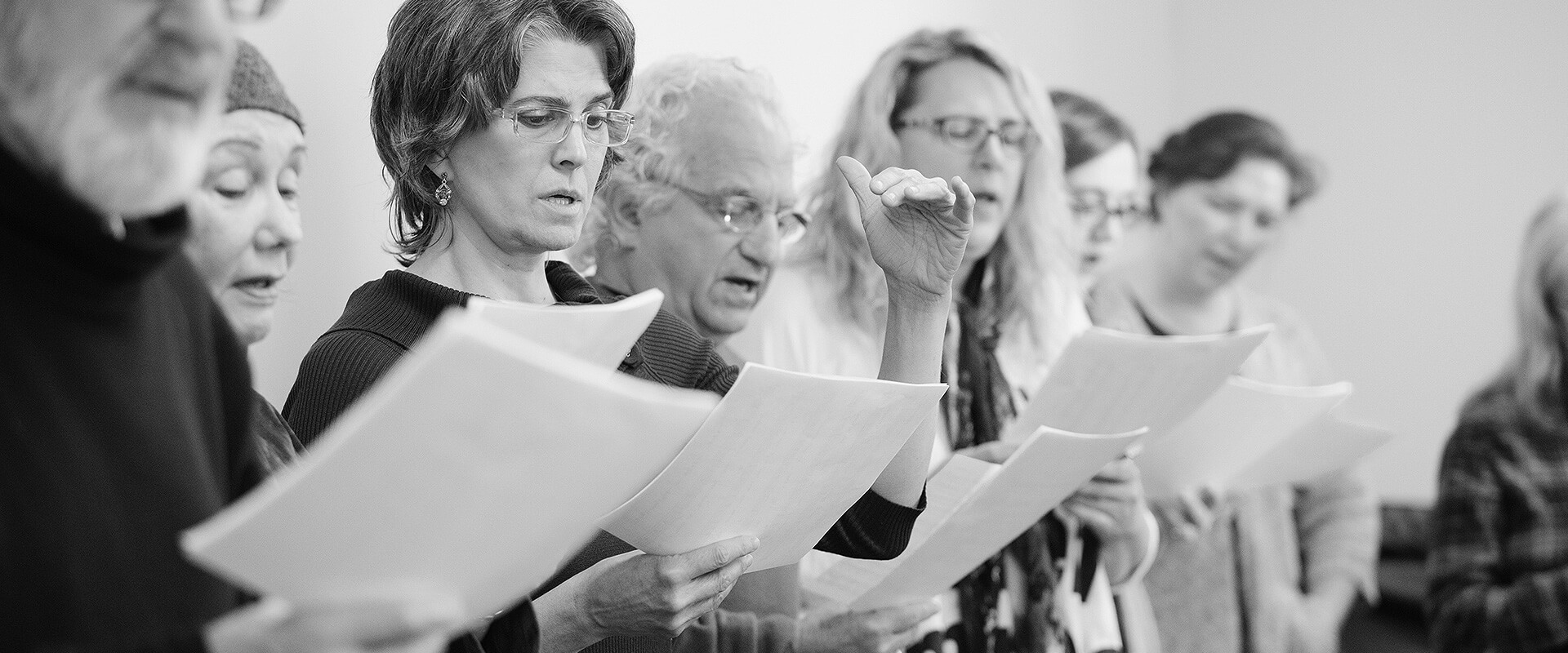Nasopharynx
The nasopharynx (nasal part of the pharynx) is the uppermost part of the pharynx. It is the area of the upper throat that lies behind the nasal cavity. (There is also an oropharynx that lies behind the uvula at the back of the mouth and the laryngeal pharynx which is the most well-known part of the pharynx, located in the neck.) The nasopharynx (uppermost part) differs from the oral (mid) and laryngeal (lower) parts of the pharynx in that its cavity does not change shape. This is due to the fact that, unlike the mid and lower parts of the pharynx, it is not made of soft tissue, but rather cartilage and bone (see Pharynx).
Accessing the nasopharynx (and the nasal cavity) is governed by the movement of the soft palate. The nasopharynx is an important factor in the articulation of nasal consonants, namely m and n. It is equally important in humming and when pronouncing ng, which is sometimes referred to as an open-mouthed hum. In each of these cases the soft palate is down, allowing air to rise up the laryngeal and oral parts of the pharynx to the nasopharynx, nasal cavities and out the nostrils. If your nose is blocked, because of a cold or allergies, you will have great difficulty pronouncing these consonants.
Contrary to popular belief, the nasopharynx is not open during most vowels. The exception to this is, of course, the nasalized vowels found in some languages such as French. In singing, the accepted practice is to add the nasality to these vowels at the end of the syllable, not at the beginning.
The soft palate allows or prevents the passage of air to the nasopharynx. Some teachers advocate balancing the airflow between the oral and nasal cavities. This is wrong because there is no nasal resonance in most vowels. This erroneous approach leads to a manipulation of the throat muscles and unnecessary tension in the soft palate (see Soft Palate).
For more information or to book a private lesson, please go to the contact page.
-
Half-Head Model - Pharynx
 Montreal Voice Coach
Montreal Voice Coach